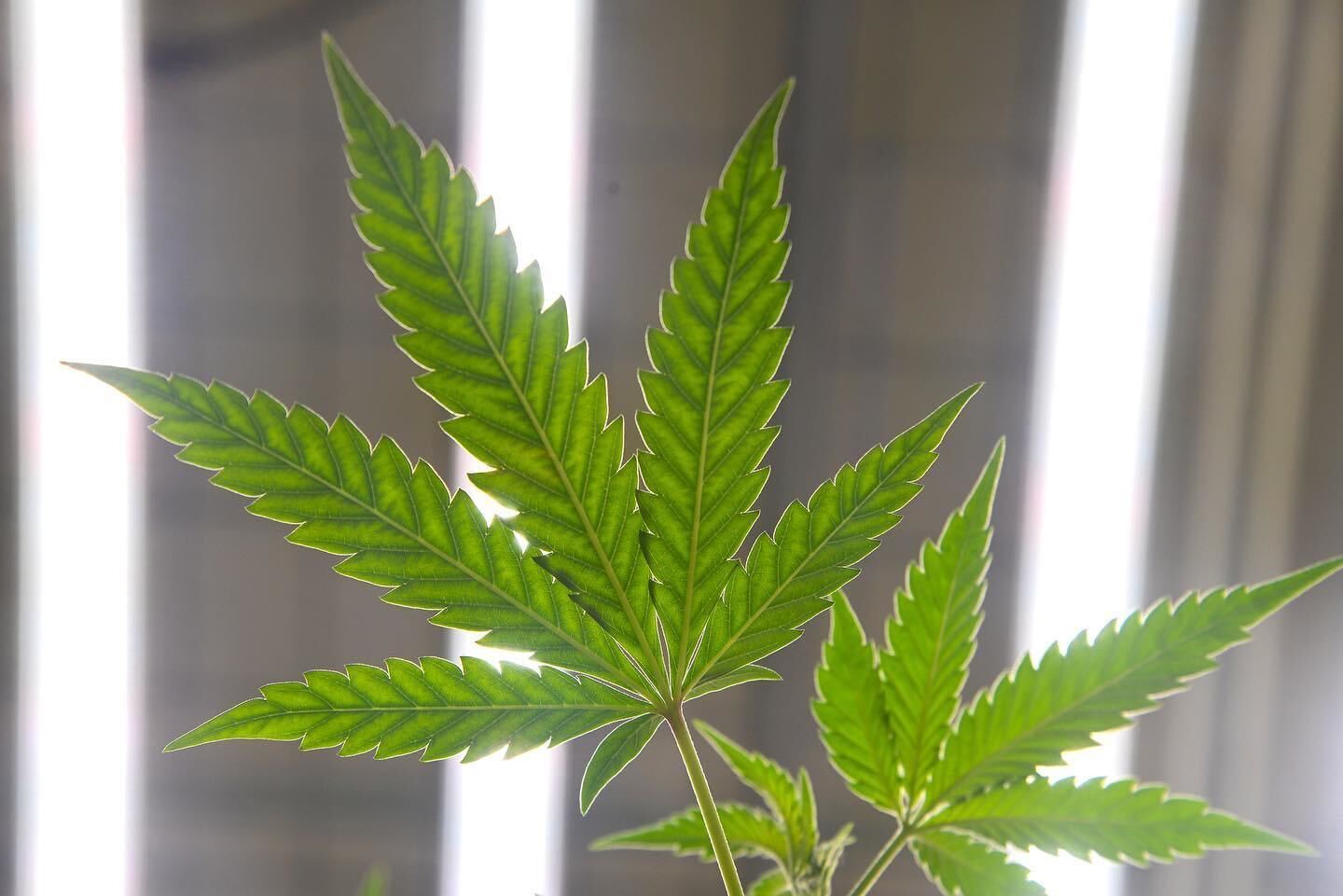How to Smoothly Switch from HPS to LED Grow Lights
Switching from High-Pressure Sodium (HPS) to LED grow lights can bring numerous benefits, including energy savings and optimized plant growth conditions. However, the transition requires a thoughtful approach to ensure your plants continue to thrive. This blog will guide you through the necessary adjustments to optimize your growing environment under LED lighting, ensuring healthy plants and maximizing yields.
While LEDs are more energy-efficient and produce less heat than HPS lights, they alter the microclimate around your plants. This change primarily affects leaf surface temperature (LST) and vapor pressure deficit (VPD), which are critical for plant health and growth.


LST, distinct from ambient air temperature, is crucial for photosynthesis. Maintaining the right LST ensures plants can photosynthesize effectively, which is vital for growth and development. LEDs emit less infrared (IR) radiation than HPS lights, leading to a lower LST. This reduction can move the leaf temperature out of its optimal range, potentially hindering photosynthesis.
VPD measures the difference between the moisture content in the air and the moisture level that the air can hold when saturated. It is a more precise indicator of moisture loss from leaves than relative humidity. Optimal VPD levels help keep stomata open, maximizing transpiration and photosynthesis.


Increase Room Temperature: Due to the lower heat output of LEDs, you may need to increase the ambient temperature to maintain an optimal LST. This adjustment helps to ensure that the leaf temperature stays within the ideal range for photosynthesis.
Optimize VPD: As you adjust the temperature, also monitor and adjust humidity levels to maintain the ideal VPD. Higher temperatures without corresponding humidity increases can stress plants.
LED lighting's higher energy-to-light conversion efficiency can reduce the load on your HVAC system. However, this efficiency often requires additional dehumidification to manage moisture levels, as the system might not work as intensively to cool the grow room.


Transpiration Rates: When switching to LEDs, assess the daily irrigation volume required to keep substrate moisture levels consistent. If less water is needed, this suggests reduced transpiration, indicating a potential need for higher nutrient concentration. Conversely, if more water is needed, maintain or lower nutrient concentrations.
Unlike HPS bulbs that often require different spectrums for vegetative and flowering stages, many LED fixtures provide a balanced full-spectrum light suitable for all growth stages. This balance mimics natural sunlight more closely and can promote healthier plant growth.


Higher Light Intensity: LEDs allow for higher Photosynthetically Active Photon Flux Density (PPFD). While this can boost growth, it also requires careful management of other environmental parameters like root temperature, humidity, CO2, watering and nutrients. Failing to balance these can lead to photoinhibition and reduced photosynthetic capacity.
Adjusting Light Distance: Without the radiant heat of HPS, LED fixtures can be placed closer to the plant canopy. However, it’s crucial to monitor and adjust the light intensity to prevent overexposure. Consulting with grow light strategies can help determine the correct distance to hang your LED fixtures.
Leaf Surface Temperature and Relative Humidity: Use a forward-looking infrared (FLIR) camera to measure LST accurately. These readings are more precise than ambient air temperature measurements and reflect the actual conditions experienced by the plants.
VPD: Simultaneously measure relative humidity to understand the VPD under HPS lighting.


Repeat the measurements to understand the impact of LED lighting on the grow room’s microclimate. Compare the new data with baseline measurements to identify any significant changes in LST and VPD.
Studies have shown that plants under LED grow lights often have faster growth rates compared to those under HPS lights. For instance, some growers have reported finishing their crops 1 to 2 weeks ahead of schedule, resulting in more active root development and fuller plant tops. This accelerated growth can lead to quicker turnover and potentially higher yields.


Reduced Cooling Requirements: LEDs emit less heat, reducing the need for extensive cooling measures. This leads to substantial energy savings and lower HVAC operational costs.
Comprehensive Energy Savings: The reduction in HVAC operational costs can surpass the savings from the lighting itself, making LED grow lights an economically smarter choice in the long term.
Optimization for Grow Environments: Switching to LED lights with plant-optimized spectra can cut costs even in scenarios where excess heat from conventional lights is utilized.
Conservation of CO2: Lower cooling demand means CO2 is conserved more effectively, leading to fewer refills and further cost efficiency.
Conclusion
Understanding the Shift: Transitioning to LED grow lights fundamentally changes the grow room environment. Recognizing and adapting to these changes is crucial for maintaining optimal plant growth conditions.
Data-Driven Approach: Establish baselines and monitor changes post-LED installation to make informed adjustments. Regularly measuring leaf surface temperature and VPD ensures that plants remain in their optimal growth conditions.
Optimizing for Yield: Adjusting ambient temperature and humidity in response to LED lighting optimizes for better yields. These adjustments harness the full efficiency of LED lights while providing the best possible environment for plant growth.
Sustainable and Efficient Growth: LED lighting is a step towards more sustainable and energy-efficient indoor gardening. Mastering the nuances of this technology not only improves yields but also contributes to environmentally responsible gardening practices.
By understanding and implementing these strategies, you can efficiently transition from HPS to LED grow lights, optimizing your grow room for higher yields and healthier plants.






